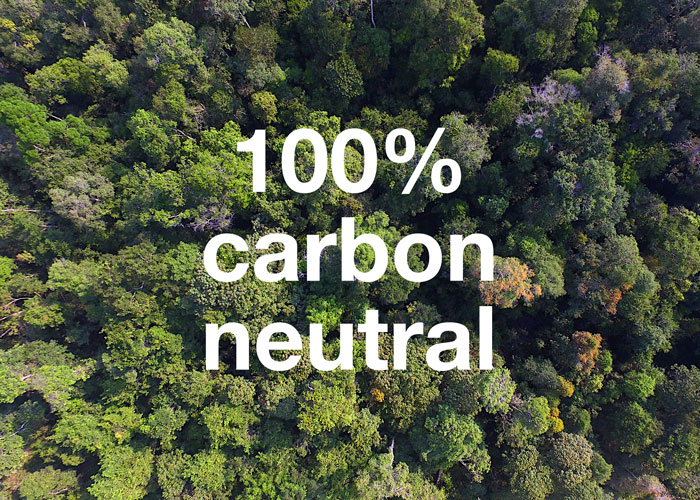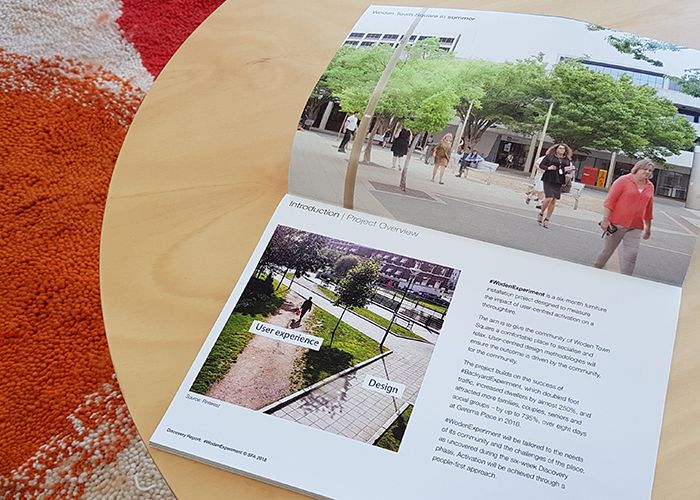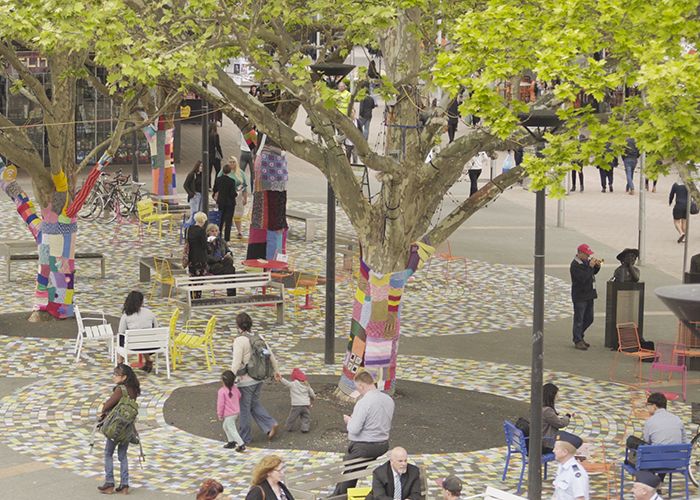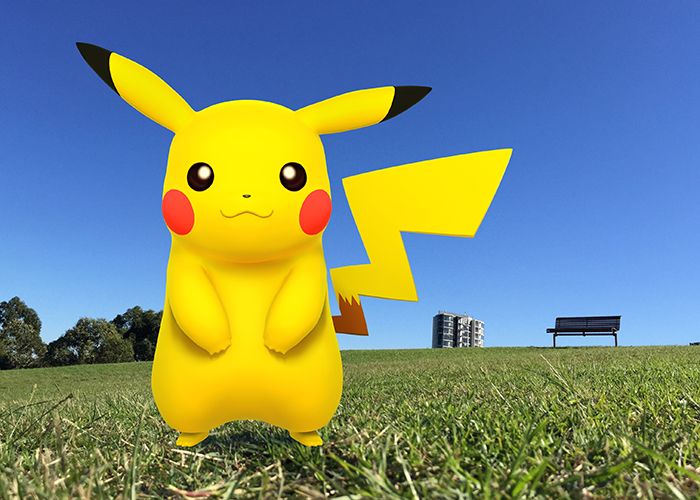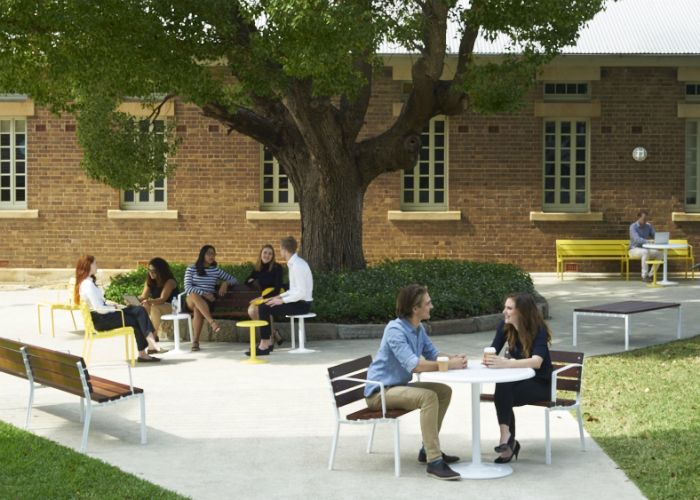Street Furniture Australia’s entire product range and manufacturing operation has received carbon neutral certification through Climate Active™. Achieving carbon neutral certification marks a significant milestone in our operation and the culmination of a four year long process of detailed measurement and analysis. Climate Active™ is the only Australian government-backed carbon neutral certification programme for businesses to measure, reduce, and offsets their carbon emissions. It is one of the most rigorous carbon-neutral programs in the world. An approved Emissions Reduction Strategy (ERS) is central to achieving certification through Climate Active. Street Furniture Australia has elected to use SBTi validated science-based targets to ensure their ERS is meaningful and aligns with the 2015 Paris Agreement – to limit global temperature rises to 1.5℃ above pre-industrial levels. For those emissions that can’t be …
streetchat

White Paper
Get full access to the Discovery Report. #WodenExperiment is a six-month furniture installation to activate Woden Town Square in Canberra. The aim is to bring more life and joy to this public space for its community. The project is lead by Street Furniture Australia in partnership with the ACT Government. It began in early 2018 with a 6-week long Discovery phase, to dive deep into the Woden community’s thoughts, feelings and needs. Following the Discovery phase, which sets up the project brief, Context Landscape Design is working on the design concept for the activation. Research partners will help quantify the effect of the transformation. The Discovery journey was essential for establishing a user-centred design for this project. The Woden community generously engaged with our surveys in the square and online via …
60 movable seats. 8 days. 1 location. Time-lapse footage from the #BackyardExperiment pop-up park in Garema Place, an underused thoroughfare in Canberra’s CBD, has revealed stunning findings about the power of small interventions to transform public space. A 10-Minute Documentary (below) and White Paper are available now. Download the FREE White Paper: #BackyardExperiment (49 pages, 8MB) Before #BackyardExperiment, 97% of visitors passed through the grey, hard Garema Place without stopping. The project softened the space with colour, lawn, seating and light, and, in just eight days, Visitor numbers almost doubled. Street Furniture Australia partnered with the Australian Institute of Landscape Architects, the ACT Government, In the City Canberra, landscape architecture firm Context and a host of suppliers and community volunteers to make the project happen. See how together the team increased dwellers by more than 200%, and …
International phenomenon Pokémon Go has set the spotlight on Augmented Reality (AR) and its potential to transform our spaces and our lives. If Keiichi Matsuda’s video AR simulation Hyper-Reality hasn’t yet crossed your newsfeed, it’s worth a look. For six unnerving kaleidoscopic minutes Matsuda explores how we might see the world in the not-so-distant future. With Pokémon Go players exploring the virtual world in our cities, parks and public spaces, the game is a fascinating case study for the unexpected impacts of AR. StreetChat asks a landscape architect, architect, academic, futurist and millenial to explore what this technology could mean for our cities. Below are excerpts from their full responses, which you can find in our White Paper: Pokémon Go, Augmented Reality and the Future of Our Cities. Download your free White Paper. Dick Nugent, Architect Associate Director at Conybeare Morrison “Pokémon Go …
Lively, enjoyable public spaces start with inviting places to sit. Movable chairs offer the option to sit in groups, in pairs, to fly solo, to follow the sun or shade. Deserted plazas become flexible, accommodating, hospitable, thanks to the introduction of freestanding seats and tables. Places are transformed. Harvard Yard, Harvard University, Massachusetts. In 2009 the space is a walkway for marching to your next class. The university decides to make it a gathering place where students can mix with the larger community, starting with movable furniture. “The response was enormously positive,” say Lizabeth Cohen and Mohsen Mostafavi, professors and co-chairs of Harvard’s Steering Committee on Common Spaces. “Overnight, a vibrant and diverse population was pausing to meet, chat, doze, study, eat, watch performers, or simply sit down. “The chairs …
